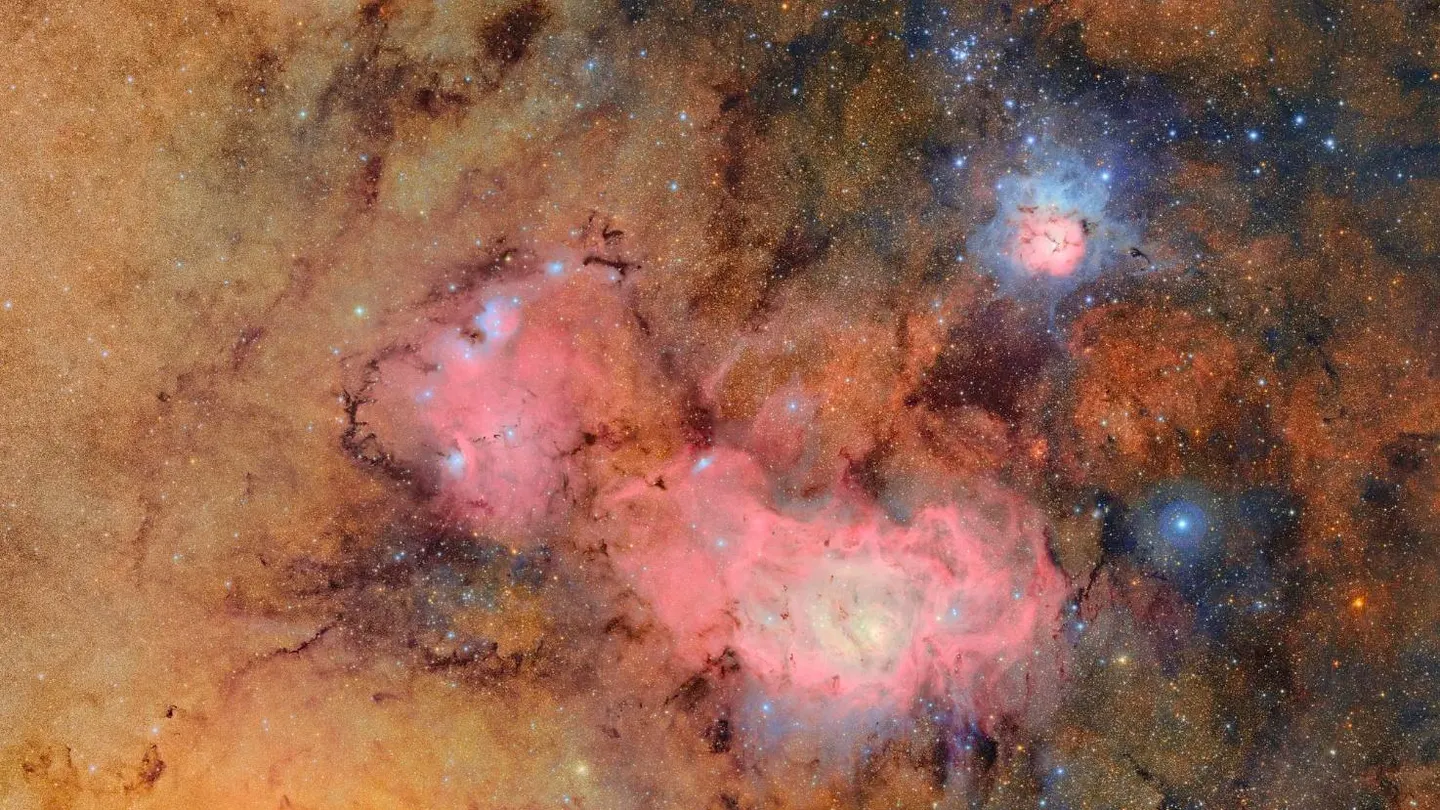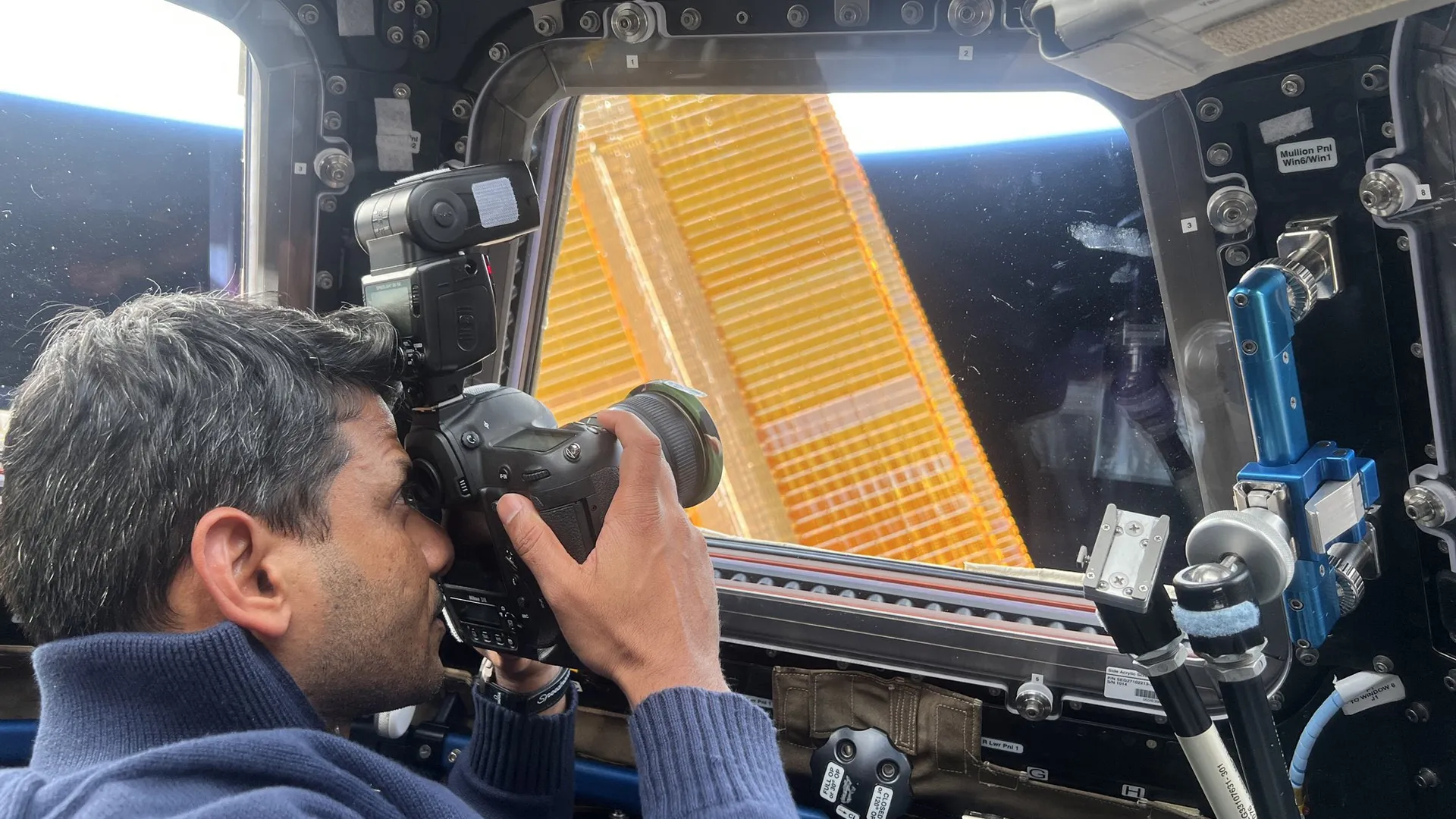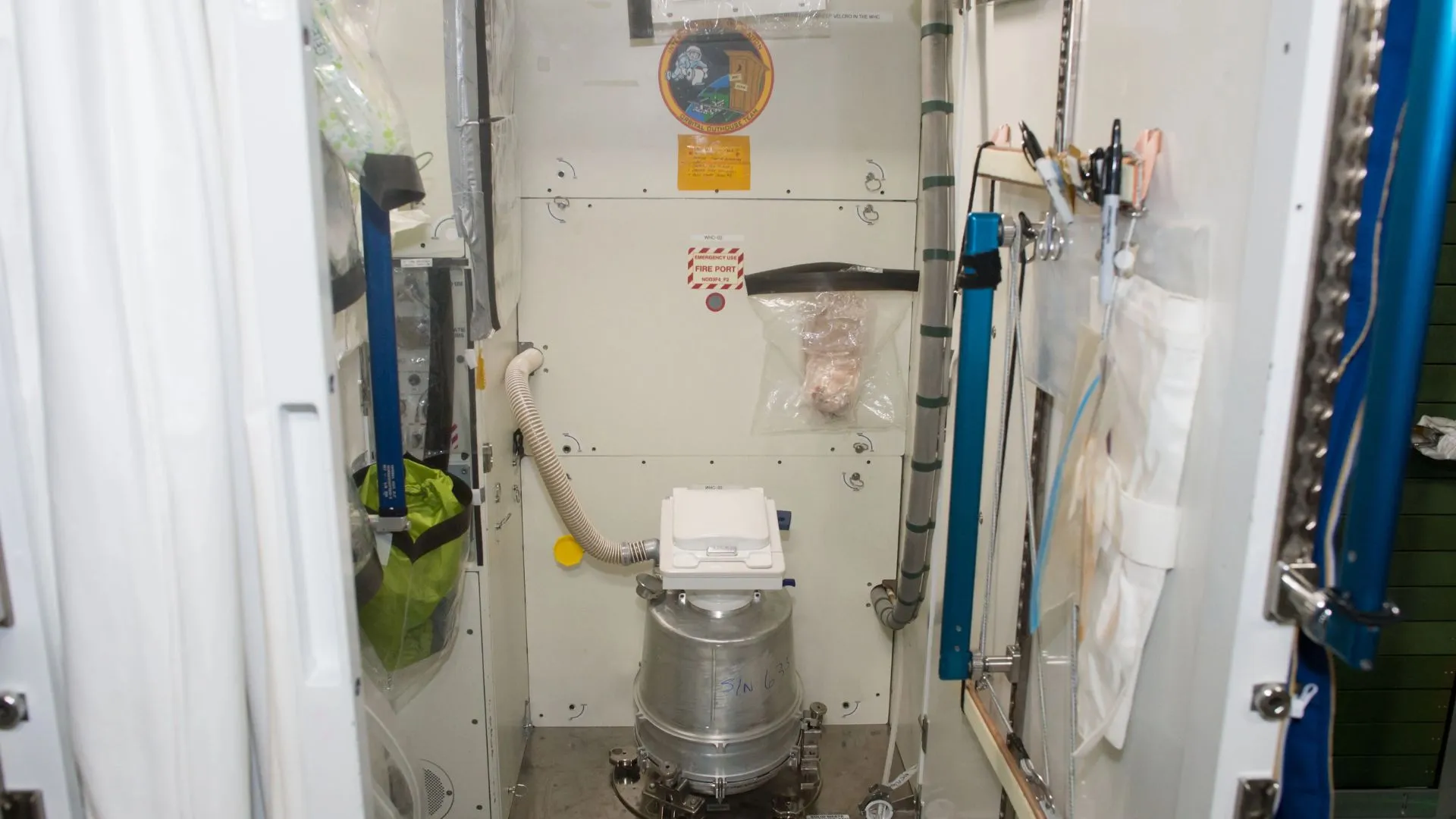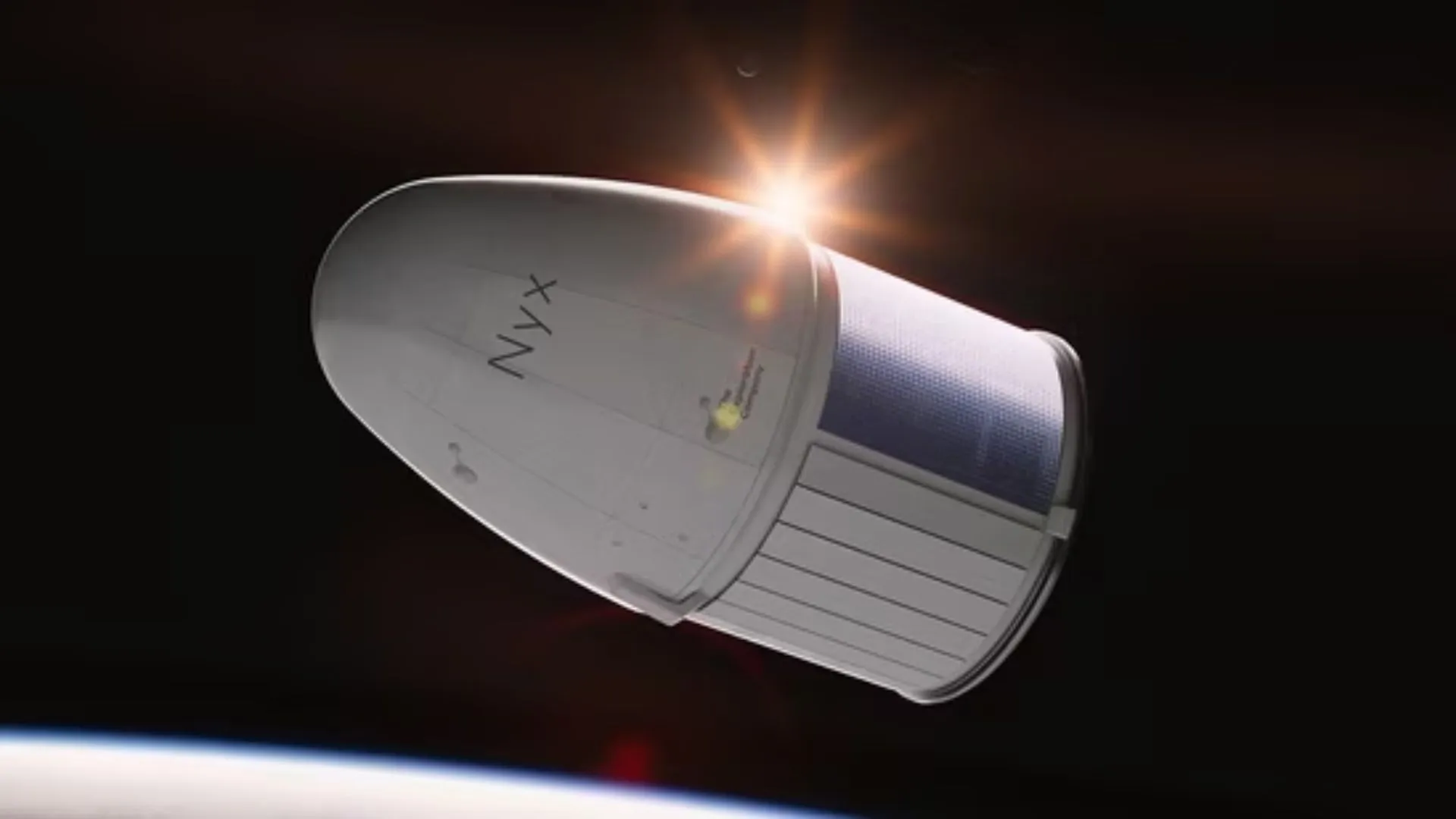In a monumental moment for space science, the Vera C. Rubin Observatory in Chile has released its first-ever space images and time-lapse videos, captured by the most powerful astronomical camera ever built — the 3,200-megapixel LSSTCam. This marks the beginning of a 10-year mission that will reshape our understanding of the cosmos.
A Glimpse Into the Infinite
One highlight is a composite image of the Trifid and Lagoon Nebulae, formed from 678 individual exposures taken over seven hours. The telescope also produced panoramic views of the Virgo Cluster and revealed intricate layers of faint galaxies and gas clouds.
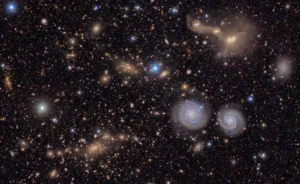
Professor Aaron Roodman, LSST Camera lead, described the release as “just a taste of Rubin’s discovery power.”
What Makes Rubin Unique
- Field of View: Equivalent to seven full moons
- Speed: Takes an image every 39 seconds
- Capacity: Scans the entire southern sky every 3–4 nights
- Output: 800 images and 20TB of data every night
- Data Processing: AI-powered, with alerts sent within 2 minutes of detecting cosmic changes
With its advanced étendue (optical throughput), Rubin is the most efficient survey telescope in history — built specifically for the Legacy Survey of Space and Time (LSST), launching later in 2025.
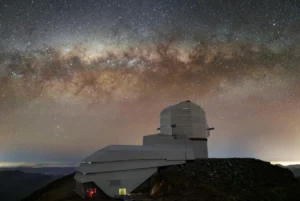
Supernovae and the Secrets of the Universe
The observatory is expected to detect 10 million supernovas, measure the effects of dark energy, and identify 90% of potentially hazardous asteroids larger than 140 meters. It will also catalog billions of galaxies, track rogue planets, and unveil interstellar comets — all while creating the first-ever decade-long time-lapse of the universe.
Powered by AI, Designed for Discovery
The data, relayed from Chile’s Cerro Pachón to California in seconds, will be analyzed using cutting-edge automated algorithms and AI systems capable of identifying changes in cosmic events in near real-time.
Honoring a Legacy
Named after pioneering astronomer Vera C. Rubin, who proved the existence of dark matter, the observatory carries her legacy forward by mapping the invisible universe and unraveling the forces shaping it.
“What astronomy has given us mostly so far are just snapshots… Rubin will give us the full motion picture,” said Dr. Yusra AlSayyad.
The Rubin Observatory’s debut is more than just a technological feat — it’s the dawn of a new era in space exploration.

